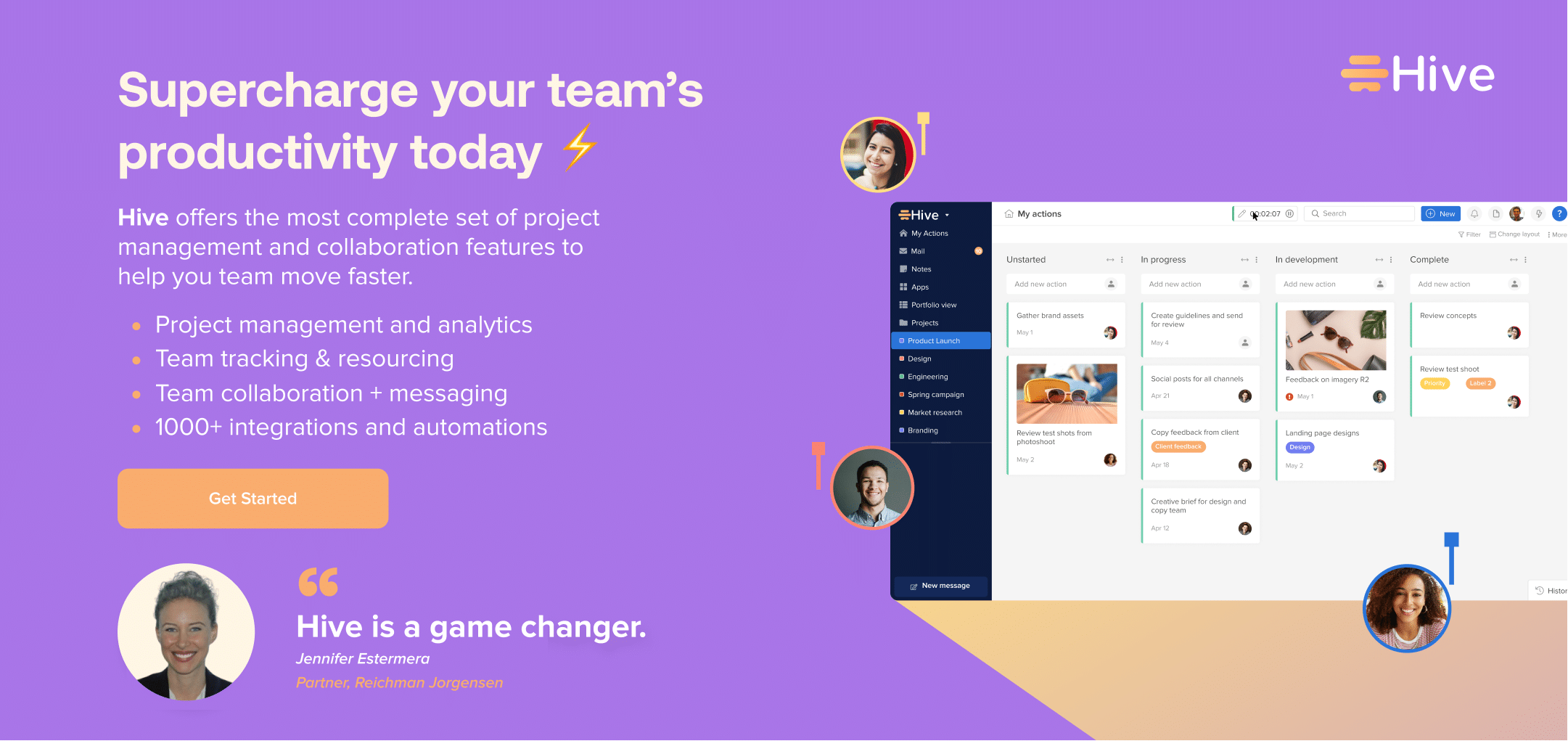Goal-setting frameworks can be rigid. But setting zero goals will surely set you up for failure. Enter OKRs, which stands for Objectives and Key Results, a goal-setting method popularized by Google after best-selling author and venture capitalist John Doerr introduced it to the company’s founders.
Doerr had picked up the method from another management icon, Andy Grove. Whenever he introduced it to new clients and it was properly implemented, the organizations experienced explosive growth without sacrificing agility.
The basic structure of OKRs is so versatile that it can be applied to any organization and any industry. An OKR looks essentially the same, whether it applies to a single employee, a team or a 10,000-person company,” explains Matteo Fabiano, CMO and OKR task force lead at Moviri, a multinational consulting and software group of companies.
What are OKRs?
The genius of OKRs lies in the fact they support effective execution. Objectives are what you want to achieve, and key results are “how those top-priority goals will be attained with specific, measurable actions within a set time frame,” according to Doerr’s book “Measure What Matters.”
An OKR example might look like this.
Objective: Improve the user experience on our website.
Key results: Increase loading speed by 10% by Q2. Redesign layout and include video content by May 30. Increase average session duration time to three minutes by the end of the year.
If you’ve achieved the key result by your deadline, you’ve met your goal. So it’s measurable in a yes/no way. But you could add a grading scale to determine whether a goal was partially achieved and progressed. For example, you could decide that getting to 80% of a goal is satisfying enough of an outcome and will be considered a success. Or you could grade your OKRs on a scale of 1-5, determining measures of partial success. This allows you to assess your progress and effectiveness when you check-in, as well as discuss learnings and insights.
The benefits of setting OKRs
“OKRs are popular because they are simple, flexible, and measurable,” says Fabiano. “Unlike most managerial tools, OKRs are simple. Anyone can understand the basics of OKRs.”
“Because key results are always measurable and time-bound, OKRs allow people to know exactly where they stand. That makes them appealing to both managers and employees. Managers use them to set performance benchmarks, employees to assess how successful they are at their job. There are no misunderstandings.”
Should you set OKRs with your team?
So, should you set OKRs with your team? Absolutely, as far as the benefits are concerned and how OKRs apply to today’s business reality more than ever. But it depends on whether you’re able to get buy-in from top leadership. It won’t work if execs don’t support it with their time and the organization’s resources, warns Kamyar K.S., founder and owner of the management consulting firm World Consulting Group.
Basically, you set objectives (or goals) for your team, and then track key results to see if you are meeting those objectives. You can use an OKR template to help you get started. There are many different templates available online, so find one that works for you and your team.
“Buy-in from top leadership is one of the most important factors. If your executive sponsor doesn’t believe in OKRs, they will not work well,” he adds.
The dos and don’ts of setting OKRs
If you do have the green light to try the system out, it’s important to be aware of some of the dos and don’ts of setting OKRs. To succeed, do your research and find the best OKR software that will fulfill your company’s requirements. There is a learning curve, and getting it as close to right as possible the first time you implement the process will help you see benefits and gain momentum. You need to master the power of OKRs to truly experience the growth and impact the system can provide.
One great platform for setting OKRs is Hive Goals, the newest application within the Hive project management suite. Hive Goals lets you set goals on the individual, team, and company-wide basis. And with the ability to pull data from other workplace tools into the Goals dashboard, Hive is a great platform to set shared objectives and track the key results as they come in. Try Hive today to start tracking OKRs for free.
1. Use OKRs selectively
First and foremost, do not confuse OKRs with project management and choose your priorities wisely. “Don’t use OKRs as a project-tracking tool. Use them selectively to focus everyone on what really matters. Too many priorities dilute the team’s energy,” recommends Fabiano.
2. Publicly share OKRs, but don’t obsess
Communication is key when it comes to emphasizing the OKRs you’ve chosen. But you need to let your team run with it. “Organizations are more like organisms than machines. Don’t obsess over OKR alignment and cascading,” adds Fabiano.
According to him, as long as the high-level OKRs are publicly shared, people’s objectives will naturally converge to the right priorities. But you can most definitely set individual OKRs if you wanted to – that’s the beauty of the process.
3. Keep it simple
K.S. says that you should also avoid over-engineering your OKRs: “At scale, the process of setting OKRs is quite straightforward: 1) set the objective, 2) set related key results, and 3) assign owners. The framework provides a lot of flexibility for how to do that.”
Instead of trying to add bells and whistles to your goals and compromise the genius simplicity of OKRs, focus on choosing the most relevant objectives and key results instead.
4. Adapt OKRs to your team’s unique needs
“That said, there are often more questions than answers during the execution. For example: ‘Should we do quarterly or monthly OKRs?” or ‘What’s the best way to incorporate non-financial metrics into our OKR scorecard?’ and so on,” according to K.S.
“The only right answer is to choose what works best for your team. You can always try something different in the next cycle if you find it’s not working. Remember that the framework isn’t an organizational design document; it’s a goal-setting mechanism.”
Examples of OKRs
Now that you’ve gotten some insight about what OKRs are and their benefits to you and your team, it’s time to start implementing them into your workflow. Remember you want to keep them straightforward and focused with clear intentions. Your OKRs will be related to your team’s needs, but you can use the following as examples of how you might want to structure your own unique goals:
1. Increase customer satisfaction
Objective: Improve customer satisfaction ratings from 75% to 85% in the next quarter.
Key Results:
- Conduct surveys with 500 customers every month.
- Respond to customer feedback within 24 hours.
- Increase positive reviews on social media by 10%.
2. Boost sales revenue:
Objective: Increase sales revenue by 20% in the next quarter.
Key Results:
- Expand market reach by entering 3 new regions.
- Launch 3 new products in the market.
- Increase average order value by 15%.
3. Enhance product development speed:
Objective: Reduce product development cycle time from 8 months to 6 months in the next quarter.
Key Results:
- Streamline product development processes.
- Increase cross-functional collaboration.
- Implement agile methodologies in product development.






